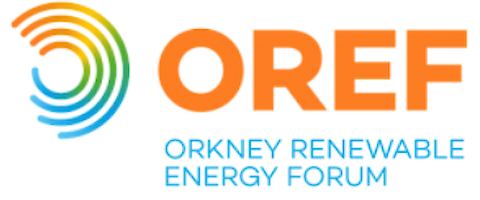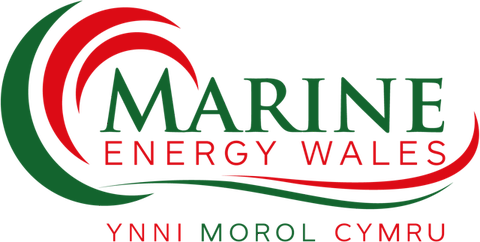Aquatera leads the next stage of the LAkHsMI project trials around Orkney
Aquatera has been busy working on the LAkHsMI project, which aims to investigate the potential development of novel electrical and optical ‘sensors for large scale hydrodynamic imaging of the ocean floor’. Lakhsmi is a European project co-funded by the European Union (EU) under the Horizon 2020 Programme. The Lakhsmi consortium is led by the project coordinator Maarja Kruusmaa (Taltech – Tallinn University of Technology) with collaborating partners; Heriot-Watt University (HWU), University of Groningen (Rijksuniversiteit Groningen), Hydro Bond Engineering Ltd, Eliko Tehnoloogia Arenduskeskus OÜ (Eliko) and Aquatera Ltd.
The new technology allows for fine scale data capture of hydrodynamic properties (both horizontally and vertically) for a range of commercial applications such as renewable energy markets, aquaculture and port traffic management; data obtained at this scale allows the creation of highly accurate 3-dimensional modelling, and the capture, and identification, of passing objects such as ships and marine life. In addition, the technology is based on the interpretation of light through fibre-optic cables, removing the need for electrical power at the source of data capture, and subsequently allowing for long term deployments without the consideration of power management logistics.
Most recently, Aquatera led project trials last May (with additional technical guidance from Orcades Marine Management Consultants Ltd and Leask Marine Ltd) to test arrays of these devices in different configurations around Orkney. The diverse hydrodynamic properties of the various marine environments found here in Orkney allowed the project team to test the full potential, and possible applicability, of the technology. The trials showed off the vast capacity of the technology to capture data not currently possible through other methods, i.e. the fine scale data capture of hydrodynamic properties across multiple axes.
The next trials of the technology are to occur in Estonia later this month, to test the technology over a long term deployment, in conjunction with other oceanographic sampling platforms / devices, and to test the methodologies of deployment. Future phases, and commercial application, of the technology are also being assessed and developed from lessons learned over the course of the project. New designs to offer more flexible, and practical, deployment options are in development and alternative options, specific to different commercial applications, are under evaluation.
We believe the technology in its current design has market application and, if the technology can be proven to work with a commercial partner or developer, can be taken forward to fill other niche markets with redesigns and further funding. We envision that on a longer timescale, the technology has the potential to be developed to nano-scale applications, with data capture allowing marine vessels to obtain a high sensitivity to their surrounding environment. This could allow for more efficient and effective movement through the water column to approach the manoeuvrability and ease of movement of marine life, enhancing the functionality and range of devices such as ROVs to complete complex operations for a range of sectors in environments currently inaccessible to man.










